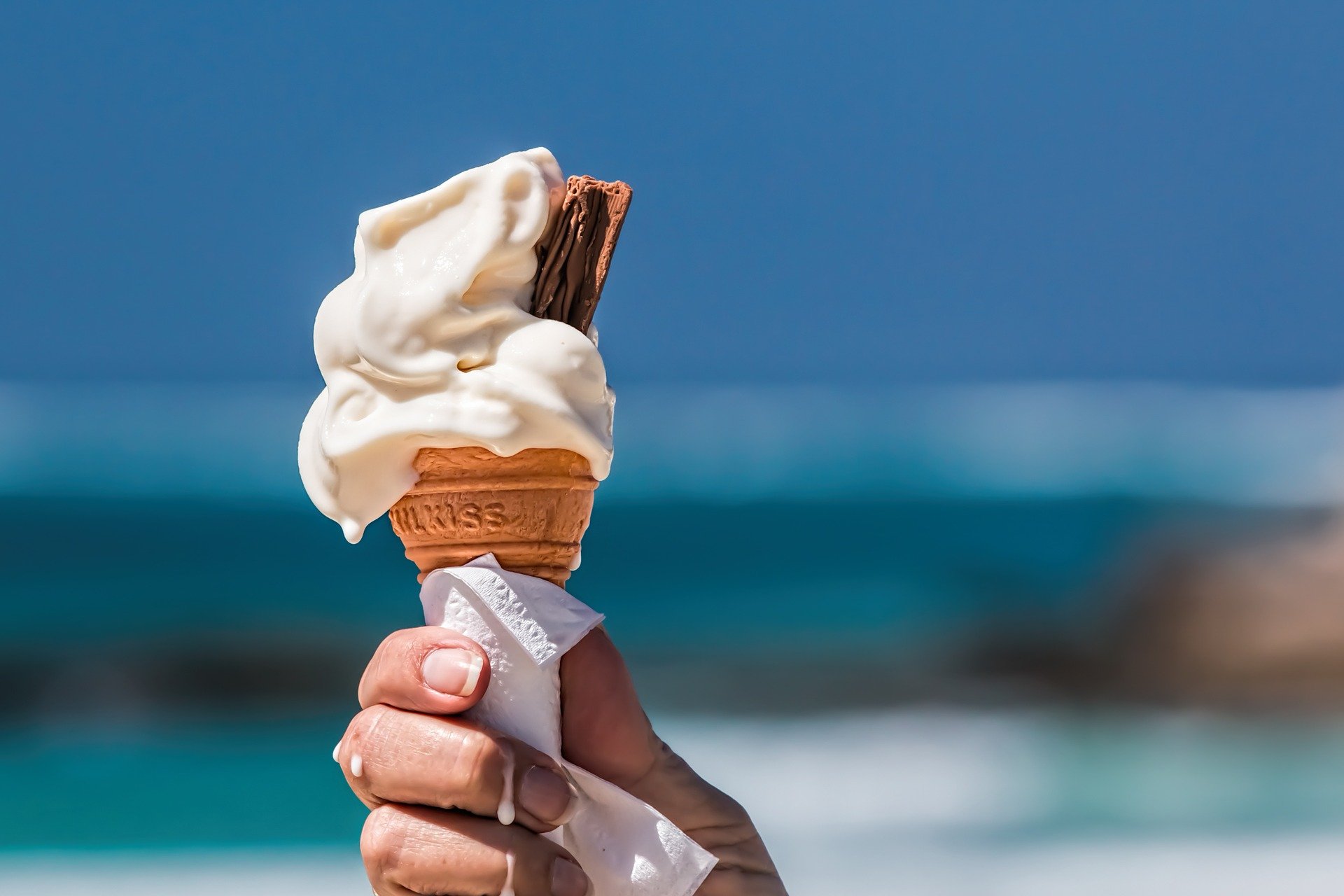Diabetes in the summertime

Several factors affect your blood sugar levels when you’re diabetic, including stress, sleep, and alcohol. This time, it’s the weather. It’s been incredibly hot where I live in Central Europe which makes keeping stable blood sugar levels a challenge. My problem is with the bolus insulin, NovoRapid, that I take at mealtimes. Early on during my diabetes journey, I figured out that pre-bolusing insulin, injecting it 20-30 minutes before meals, was crucial for preventing any blood sugar spikes from carbohydrates. Recently this strategy hasn’t worked at all. I’ve become hypoglycemic while eating, stuffed myself with jelly beans for a quick sugar fix, and gone high later on since all the insulin got used up during these panic feedings.
My new injection strategy for hot weather is to inject when I eat and it seems to work much better. So why does hot weather increase the risk of hypoglycemia? The pitfall is a higher rate of insulin absorption, which happens because our blood vessels tend to expand in the heat. On top of that, it can be harder to spot the symptoms of hypoglycemia, such as sweating and brain fog, when it feels like you’re walking around in an oven.
Being diabetic is tricky as the circumstances are constantly changing. Ideally, you should be retired with a solid day-to-day routine, follow the groundhog diet, avoid any forms of stress, and be a teetotaller. Also, make sure you get enough sleep and try not to get sick. As if that wasn’t enough, don’t forget to keep an eye on the weather. All that sunshine might trigger an insulin coma.